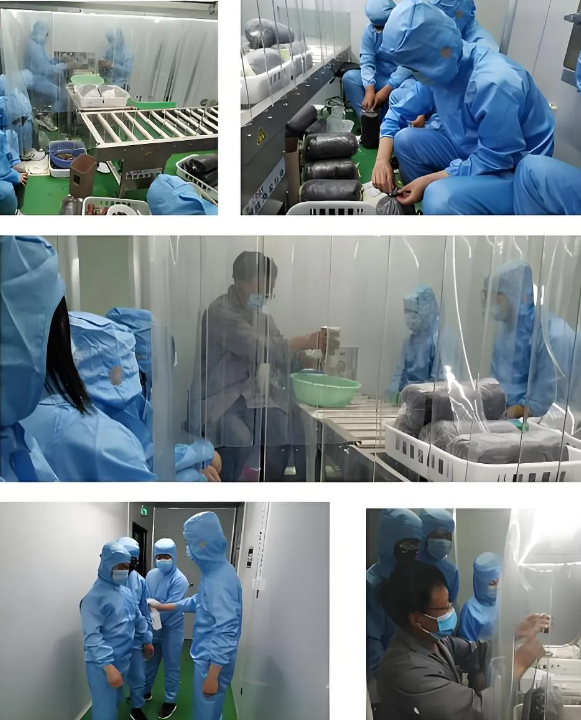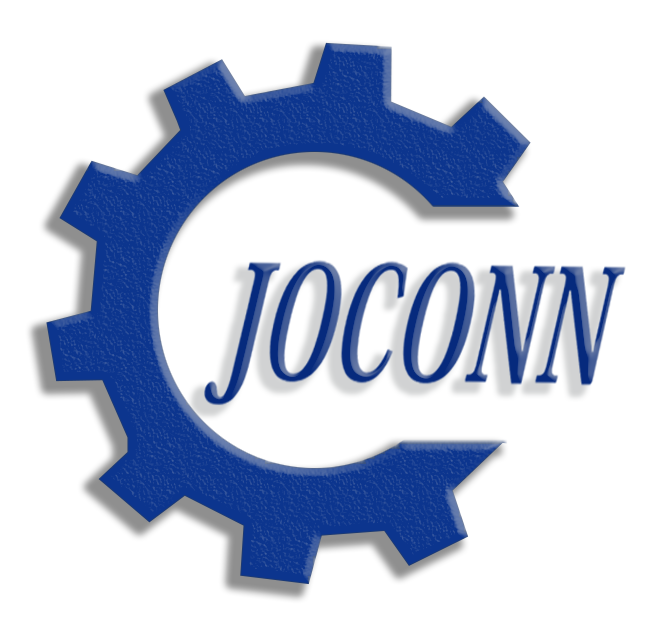
Functions and Roles of the Inoculation Room
1.Prevention of Contamination
The inoculation room serves as a sterile barrier, effectively isolating external microorganisms and dust to prevent contamination of the culture substrate and spawn. Even minimal contamination by molds like Trichoderma can compete with the spawn for nutrients and space, secrete toxins, and inhibit mycelial growth, leading to inoculation failure or the complete loss of the batch. The sterile environment of the inoculation room is especially critical for cultivating valuable or sensitive species, such as truffles and morels, ensuring a higher success rate.
2.Providing a Stable Environment
The inoculation room precisely controls temperature and humidity to meet the requirements of different fungi species:
*Temperature: Typically maintained at 22-25┬░C to support the rapid adaptation and growth of mushroom spawn like enoki and shiitake. Temperature deviations can slow growth or cause spawn death.
Humidity: Maintained at 60%-70% to retain substrate moisture while preventing excessive humidity, which could foster mold growth.
Air Purification and Pressure Control
Environmental requirements
High-Efficiency Filtration: Equipped with HEPA filters, which remove 99.97% of particles, eliminating dust and microorganisms from the air. Advanced rooms may also use activated carbon filters to absorb odors and harmful gases.
Positive Pressure Design: The air pressure inside the inoculation room is slightly higher than outside, ensuring air flows out rather than in. This design prevents unfiltered external air from entering, typically maintaining a positive pressure of 10-20 Pa to sustain the sterile environment.
Internal Facilities and Equipment
Internal facilities
*Inoculation Equipment:
Laminar flow hoods provide a stable, clean, and unidirectional airflow to prevent the accumulation of dust and microorganisms.
Tools like inoculation needles, scoops, and tweezers are sterilized via high-temperature or chemical methods to ensure sterile operation.
Sterilization Facilities:
UV Lamps: Operated for 30 minutes to an hour to sterilize air, equipment, and wall surfaces.
Chemical Disinfectants: Solutions like 75% alcohol and benzalkonium chloride are used to disinfect hands, tools, and work surfaces efficiently.
Material Transfer Window: Features a double-door interlocking design to prevent direct exposure to external air. Equipped with UV disinfection systems to further sterilize materials during transfer.
Ensuring Efficient Inoculation
The inoculation room provides a clean, safe, and stable environment for the inoculation process, ensuring that spawn adapts and grows quickly. By minimizing contamination risks, it enhances the efficiency and success rate of inoculation, making it a vital step in mushroom production.








